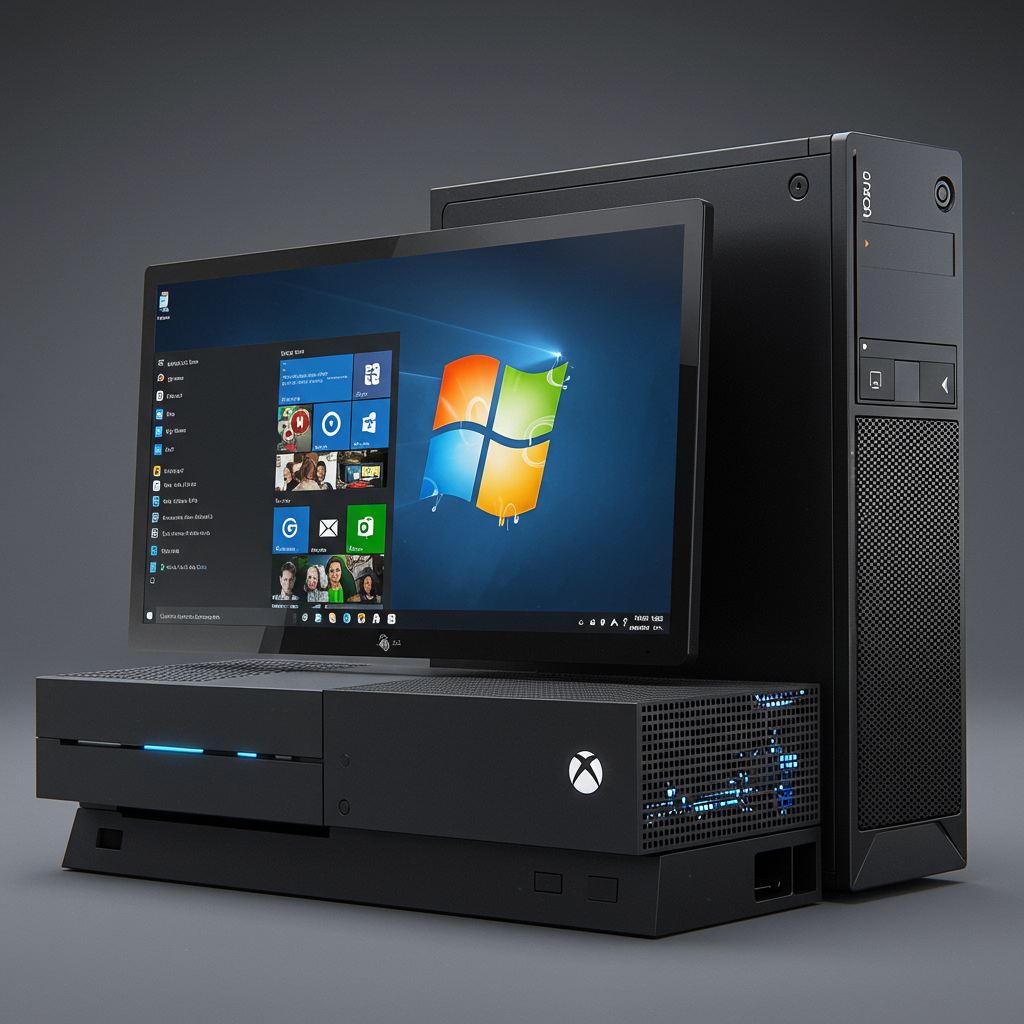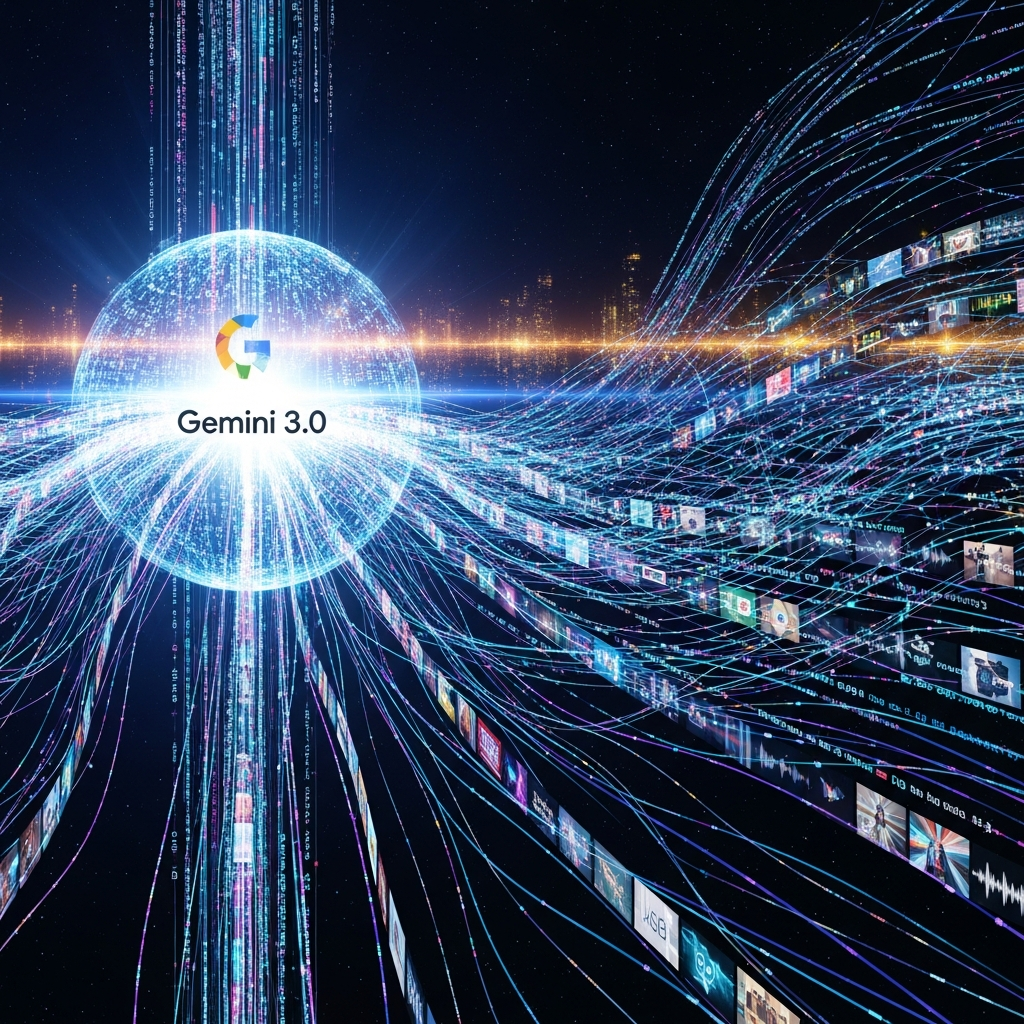Is Microsoft’s Next Xbox Console Embracing the PC Model?
Microsoft is reportedly preparing its next-generation Xbox consoles to significantly diverge from the traditional console model, potentially leaning heavily into a PC-like architecture running on Windows. Hints from Xbox leadership, combined with recent developments and industry rumors, paint a picture of a future where the lines between console and PC gaming blur even further.
Speaking about the company’s partnership with AMD to “co-engineer silicon” for upcoming Xbox hardware, Xbox President Sarah Bond offered revealing insights. While AMD has long been Xbox’s chip supplier, it was Bond’s broader commentary that fueled speculation. She strongly signaled that the next-generation consoles (plural) would operate on the Windows platform and importantly, would not be restricted to a single digital storefront.
This potential shift aligns with persistent rumors suggesting future Xbox devices would adopt a more open, PC-like nature. Driving this strategic direction are challenging market conditions, including reports of declining Xbox hardware sales. By making the next Xbox more versatile and integrated with the PC ecosystem, Microsoft could aim to appeal to a broader audience and provide more flexibility outside of the traditional console lifecycle, especially as more Xbox exclusives land on competing platforms like PlayStation.
A Flexible Gaming Ecosystem
Microsoft envisions a gaming platform that is “always with you,” allowing players to access their desired games across multiple devices. Bond emphasized delivering “an Xbox experience not locked to a single store or tied to one device.” This vision involves close collaboration with the Windows team, positioning Windows as a premier platform for gaming.
Recent hardware demonstrates this direction. The ROG Xbox Ally, a handheld PC from Asus running a streamlined version of Windows with a console-like interface, offers access to various launchers like Steam alongside the Xbox app. While the current Ally model primarily plays PC versions of games, it serves as a tangible example of Windows-based hardware featuring Xbox branding and ecosystem access. The newer ROG Xbox Ally X refines this concept, showcasing Microsoft’s ongoing efforts to optimize the Windows and Xbox experience specifically for handheld form factors, including a new full-screen Xbox interface, improved Game Bar functionality, and better power efficiency compared to the standard Windows desktop. These software enhancements, designed for handheld PCs, could potentially influence the user interface and experience of future Windows-based Xbox consoles.
Backward Compatibility and Performance
A crucial concern for many gamers is backward compatibility. Reassuring fans, Bond stated that the next-generation Xbox, developed with AMD, would “maintain compatibility with your existing library of Xbox games.” While Bond mentioned compatibility, strong industry rumors, citing sources close to the matter, suggest this backward compatibility will be implemented at a fundamental hardware level. This means the silicon itself would be designed to natively run games from the Xbox One, Series X, and Series S generations, likely without requiring emulation for these titles, offering peace of mind for players invested in their existing libraries. Supported Xbox 360 titles currently in the backward compatibility program are also expected to be playable.
The partnership with AMD also aims to push graphical innovation, unlocking enhanced visual quality and immersive gameplay experiences “enhanced with the power of AI.” However, one technical implication of sticking with AMD is the likely absence of Nvidia’s leading AI upscaling technology, DLSS, which has seen significant adoption and success in PC gaming and is reportedly featured in competing hardware like Nintendo’s upcoming console. AMD and Sony’s alternative upscaling technologies have, to date, been less impactful.
The Timeline and Future Vision
While specific details remain deliberately vague, couching the consoles within a broader “portfolio of devices” across console, handheld, PC, and cloud, the messaging reinforces Microsoft’s ecosystem-centric approach. Bond’s reference to multiple consoles “in your living room and in your hands” could hint at various form factors being explored, though reports on internal handheld projects remain mixed.
Regarding a potential launch window, industry speculation, also citing sources familiar with development, suggests a 2027 release is more probable than 2026. This is partly attributed to the reported lack of developer kits currently being distributed, a typical precursor to a console’s release.
Following two console generations where Xbox and PlayStation hardware designs were broadly similar, Microsoft appears poised for a significant strategic pivot. By potentially making the next Xbox a PC in essence – running Windows and providing a fixed set of hardware specifications for developers targeting a living room experience – Microsoft could be charting a very different course for the future of console gaming.




